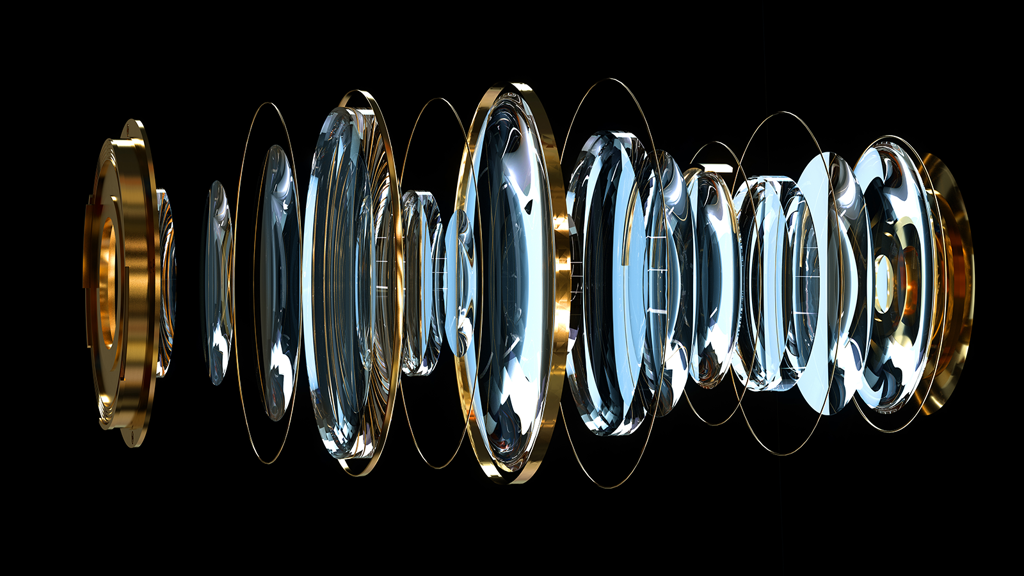
15 - 19 July, 2024
Centre de Congrès Pierre Baudis
Toulouse, France
Radiographic Imaging and Tomography (RadIT) 2024 Rationale
Radiographic Imaging and Tomography (RadIT) use different forms of ionizing radiation, such as X-rays, gamma-rays, energetic electrons, positrons, protons, neutrons, muons, to image both transparent and opaque objects to visible light. The growingly interdisciplinary field of RadIT shares detectors, optics, image processing algorithms with optical imaging and tomography. The building blocks of the RadIT include the radiation sources, methods and modalities to collect data, radiation detectors, RadIT data processing and interpretation, modeling and applications. The examples of X-ray sources include the cathode-tube X-ray sources, km-long accelerators, synchrotrons and X-ray free electron lasers. Other sources of ionizing radiation, such as charged particles (such as protons and muons) and charge-neutral particles (such as neutrons and neutrinos), have opened up new vistas into objects large and small. X-ray films have largely become obsolete due to the introduction of storage phosphor plates, aSi detectors, CCD cameras and lately CMOS imaging sensors. Many of these modalities use a multi-step detection mode where radiation is first converted to visible light and then detected using optical methods. Data and information science, including quantum information science, have breathed new life into radiography in the last decade. Traditional X-ray, charged particle and neutron radiography R&D have been driven by medicine, non-destructive testing and security applications. The latest thrusts of growth come from machine vision, additive manufacturing, microelectronics and digital twins. The RadIT conference, as a part of the Optica Imaging Congress, provides an interdisciplinary forum to bring together world leaders and newcomers alike, and to jointly explore the synergies among visible light, X-rays and other forms of illumination in radiography, imaging, tomography and applied optics and data science.
Scope
The scope of RadIT’24 includes, but is not limited to:
- RadIT of different photon/particle modalities such as X-rays, gamma-rays, neutrons, electrons, positrons, protons and muons and multi-modal RadIT
- Penetrating radiation source, target, optics and detector hardware integration
- Spatial, temporal resolution, dose reduction, scan time reduction and other imaging/radiography metrics enhancement through innovative applications of fundamental principles, new image-forming materials and structures, including nanomaterials, flat optics, other metamaterials and metastructures, additively manufactured materials and structures
- New radiography principles due to source coherence, detection correlations and quantum mechanics
- New RadIT modalities enabled by pulsed high-power lasers, Compton X-ray sources
- Computation and data methods such as efficient algorithms for data reduction (offline and in real-time), machine learning and automated reduction of massive data and data-driven image and tomography models such as digital twins
- Novel applications in medicine, non-destructive testing, machine vision, additive manufacturing, metaverse, micro-electronics, low Earth orbit and beyond.
Speakers
Thursday, 18 July
RTh4G • RadIT I: Time-Resolved X-Rays
Room Diamont, 14:00 - 16:00
Laura Robin Benedetti, Lawrence Livermore National Laboratory, USA
Time-Resolved X-ray Diffraction with Ultrafast hCMOS X-ray Imagers at the National Ignition Facility
Daniel Eakings, University of Oxford, UK
Unveiling the Unseen: Exploring Sub-Surface Dynamics Under Shock Loading Using Real-Time Synchrotron X-Ray Imaging
Jason Meziere, Brigham Young University, USA
Extending Bragg Coherent Diffraction Imaging to the Atomic Scale with Physics-Based Optimization
Yuhe Zhang, Lund University, Sweden
X-Ray Multi-Projection Imaging: A Novel 3D Acquisition and Reconstruction for Fast X-Ray Imaging
Friday, 19 July
RF1G • RadIT II: Data Fusion and AI
Room Diamont, 08:00 - 10:00
Steven Batha, Los Alamos National Laboratory, USA
Using Short-Pulse Lasers for Multi-Probe Radiography
Liangzhong Xiang, University of California, Irvine, USA
X-ray Induced Acoustic Computed Tomography (XACT)
Nicola Viganò, CEA Grenoble, France
Synchrotron-Based X-ray Fluorescence Ghost Imaging
RF4G • RadIT III: Emerging Frontiers
Room Diamont, 14:00 - 16:00
Cameron Brown, Los Alamos National Laboratory, USA
X-ray Diffraction of Shocked Aluminum at Extreme Pressure and Temperature Conditions
Edoardo Charbon, École Polytechnique Fédérale de Lausanne (EPFL), Switzerland
Quantum Imaging: Will It Ever Be Practical? How Single-Photon Cameras Could Help
Renato Turchetta, IMASENIC, Spain
High-Resolution, High-Speed CMOS Image Sensors for SWIR, X-ray and Electrons
RF5B • RF5B • RadIT IV: Enabling Materials and Technologies
Room Diamont, 16:30 - 18:00
Gregory Bizarri, Cranfield University, UK
Heterostructured Scintillators as a Potential Pathway for High Performance and Ultra-Fast Gamma Ray Detectors
Francesca Cova, University of Milano-Bicocca, Italy
Novel Scintillators for Imaging
Christopher Morris, Los Alamos National Laboratory, USA
Large Grain Scintillator Screens for Imaging
Organizing Committee Members
Zhehui (Jeph) Wang, Los Alamos National Laboratory, USA, Chair
Hui Chen, Lawrence Livermore National Laboratory, USA
Mathew J. Cherukara, Argonne National Laboratory, USA
Mark A. Foster, Johns Hopkins University, USA
Wei Liu, Mayo Clinic, USA
Sophia Malko, Princeton Plasma Physics Laboratory, USA
Haruo Miyadera, Toshiba, Japan
Alexander Rack, ESRF, France
Richard Sandberg, Brigham Young University, USA
Laura B. Smilowitz, Los Alamos National Laboratory, USA
Anton Tremsin, University of California, Berkeley, USA
Anna G. Vedda, University of Milano – Bicocca, Italy
Shawn (Liangzhong) Xiang, University of California, Irvine, USA
